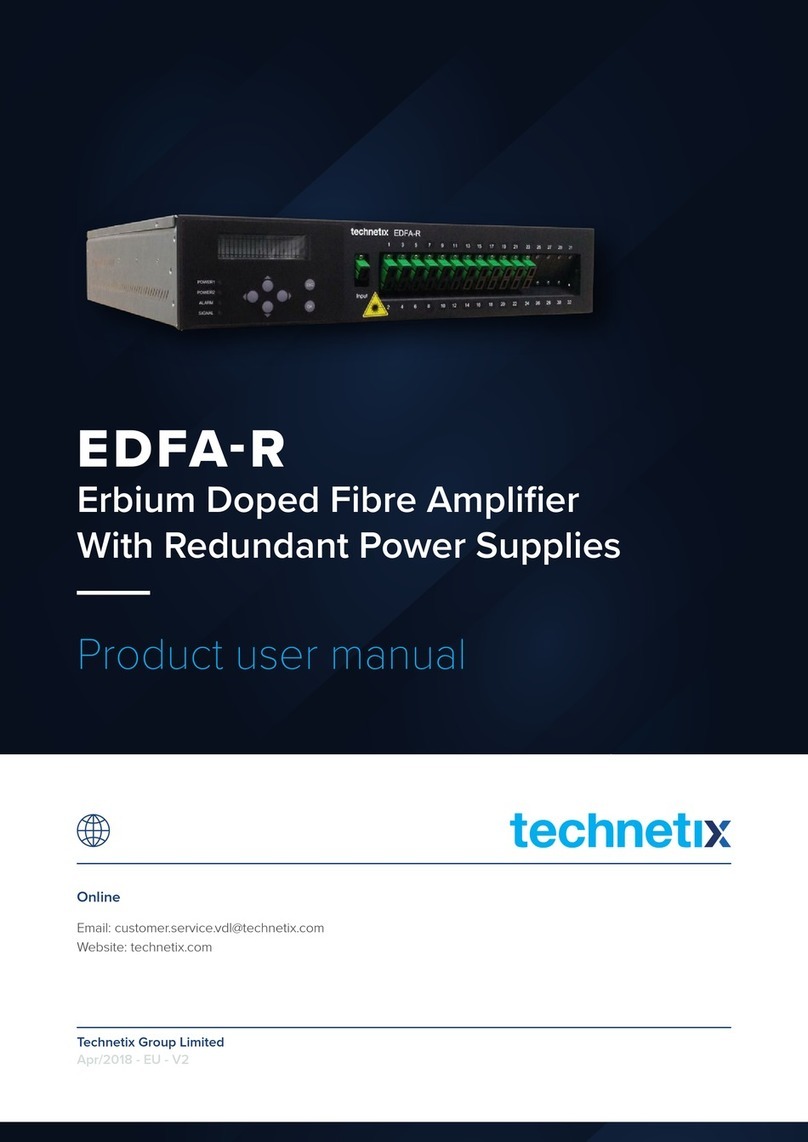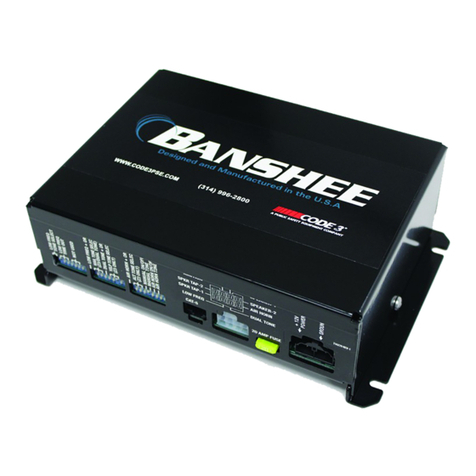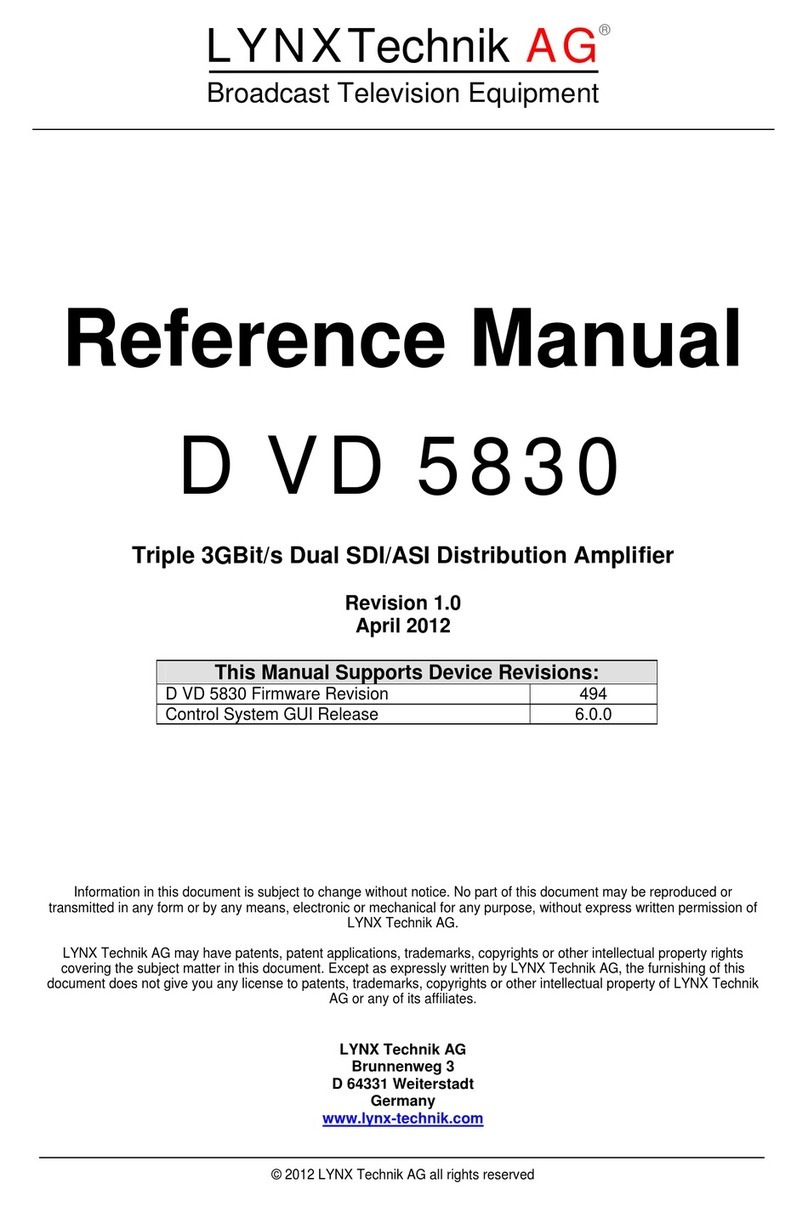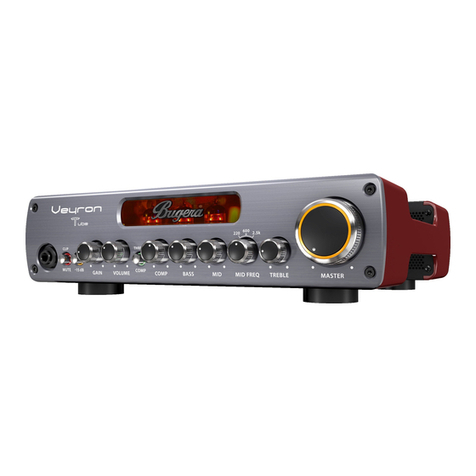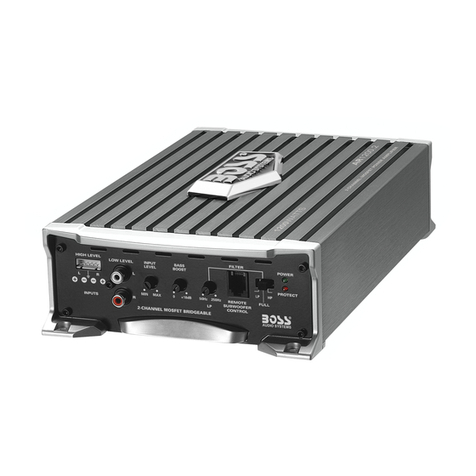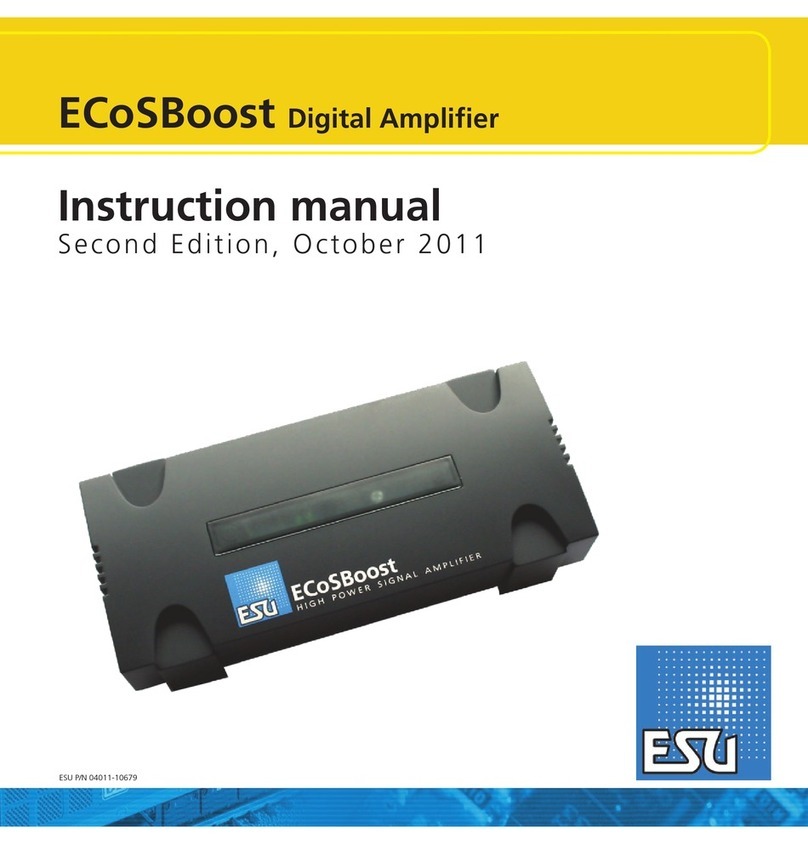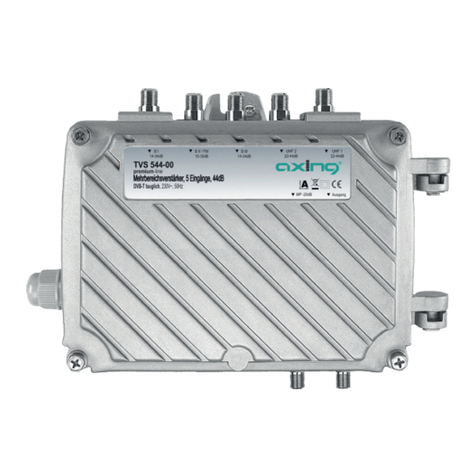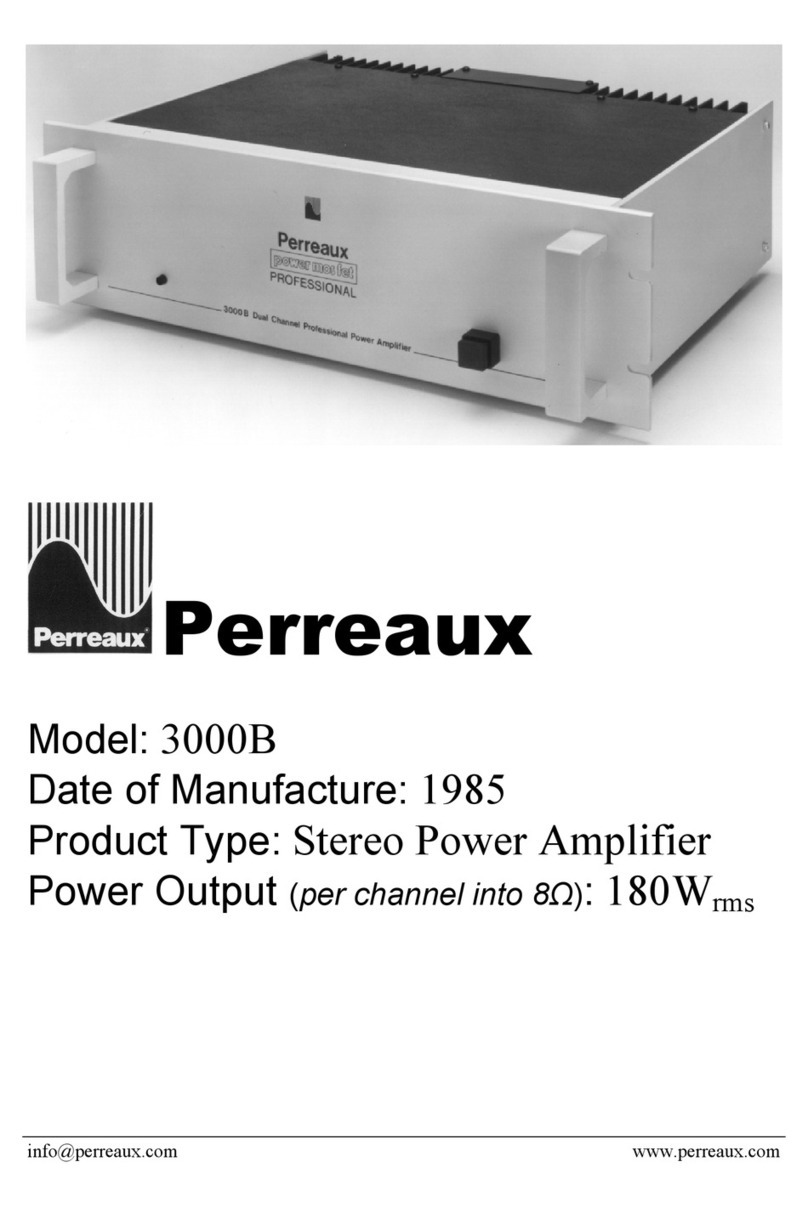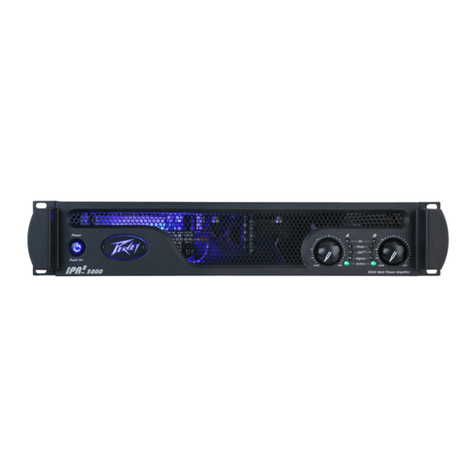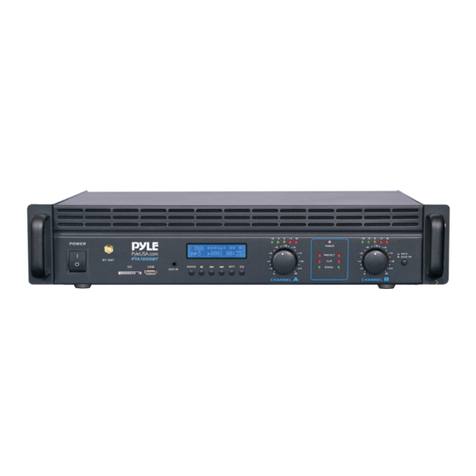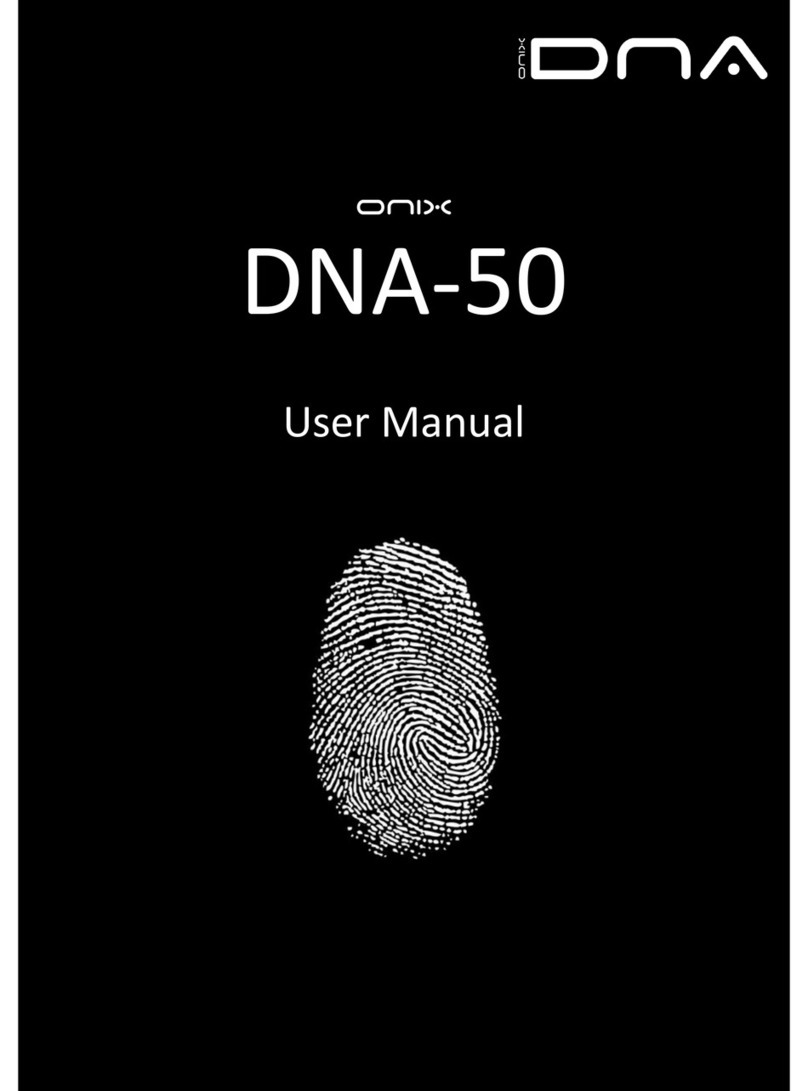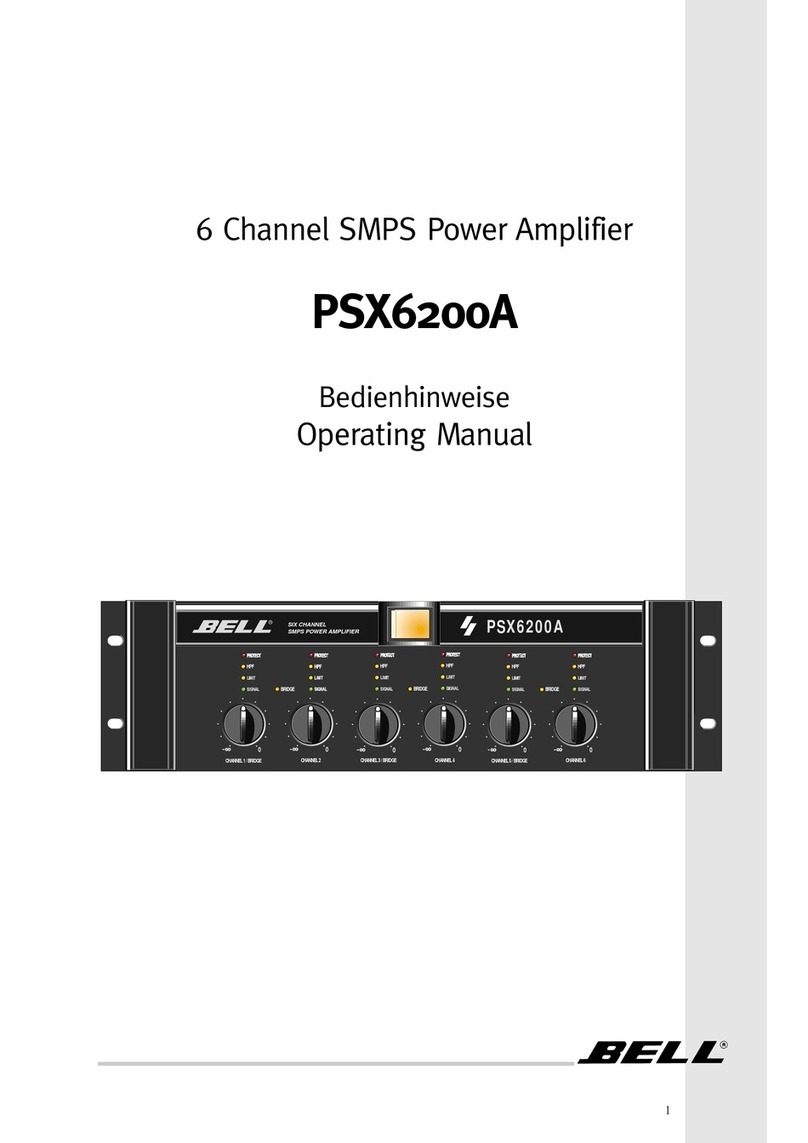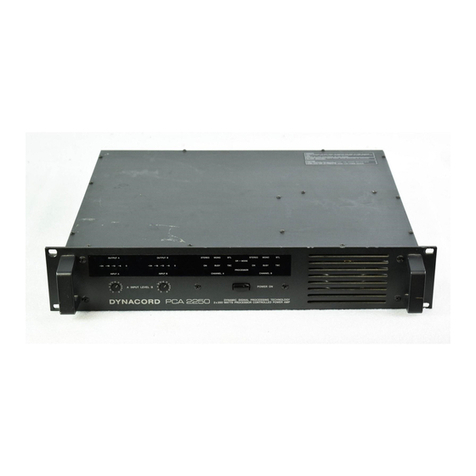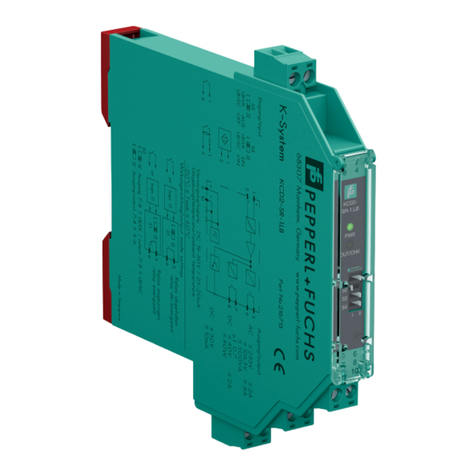technetix DBD-1200 User manual

DBD-1200
USER GUIDE
Online
Email: customer.service.[email protected]
Website: technetix.com
Rev.1_0.1_0217

Technetix Group LimitedRev.1.0.1_0217
Safety ......................................................................................................................................................................................... 1
Intended audience.................................................................................................................................................................... 1
Specific tools list....................................................................................................................................................................... 1
Software.....................................................................................................................................................................................2
Installing the BLA software on a phone or tablet ...................................................................................................................................2
Modules available for the DBD-1200.....................................................................................................................................3
Chapter 1: Overview of the DBD-1200...................................................................................................................................4
Chapter 2: RF amplifier........................................................................................................................................................... 5
Chapter 3: Installing the DBD-1200...................................................................................................................................... 6
3.1 Housing mounting.......................................................................................................................................................................................6
3.1.1 Using side brackets..................................................................................................................................................................................6
3.1.2 Rear mounting direct to cabinet back panel .................................................................................................................................. 7
3.2 Installing coaxial.........................................................................................................................................................................................8
3.3 Closing amplifier ........................................................................................................................................................................................9
3.4 Configuring the PSU ............................................................................................................................................................................... 10
3.5 Powering up the amplifier.......................................................................................................................................................................11
3.6 Downstream configuration ....................................................................................................................................................................13
3.7 Downstream activation............................................................................................................................................................................14
3.8 Upstream activation............................................................................................................................................................................... 20
Chapter 4: Maintenance ....................................................................................................................................................... 24
4.1 PSU replacement ..................................................................................................................................................................................... 24
4.2 Amplifier module replacement............................................................................................................................................................27
Chapter 5: Optical node 1x1 ................................................................................................................................................. 29
5.1 General installation.................................................................................................................................................................................. 29
5.2 Downstream connection...................................................................................................................................................................... 29
5.3 Upstream connection............................................................................................................................................................................ 30
5.4 CWDM applications..................................................................................................................................................................................31
5.5 Software settings......................................................................................................................................................................................31
5.6 Upgrading a RF amplifier into an optical node............................................................................................................................. 32
5.7 Optical modules .......................................................................................................................................................................................34
Contents

1Technetix Group Limited Rev.1.0.1_0217
Safety
Caution: AC voltages in the range of 20 – 90 VAC (110/230 VAC local power) can
be present when power is connected to the DBD-1200. Observe all notes and
cautions in this user guide.
Intended audience
The DBD-1200 User Guide is intended for network engineers and technicians responsible for planning, configuring,
installing and testing the Technetix DBD-1200 amplifier. Installers should have a working knowledge of coaxial cable
systems and cabling practices.
Specific tools list
The following tools and supplies are required when installing a DBD-1200:
■ 6mm hex key for the lid bolts
■ Set of crosshead screwdrivers
■ Pair of linesman’s pliers (only needed if changing the diplex) filters)
■ Torque wrench
■ Appropriate bolts/screws/washers for mounting the DBD-1200 (see page 7)
■ Appropriate USB for the:
☐ DBDCM-A-1 FSK module (for local control/ALSC)
☐ DBDCM-B-2 DOCSIS control module (DOCSIS cabling is included in transponder set)
☐ T-box (for bluetooth/Wi-Fi communication)
The connector on the other side of the cable will depend on the device you are using.

2Technetix Group LimitedRev.1.0.1_0217
Software
The software required to configure a DBD-1200 depends on the device being used to connect to the modules within
the amplifier:
■ Laptop – BLL software. Requires Windows OS.
■ Android – BLA software. Android version 4.1 or higher and USB host.
Note: We refer to BLL software and a laptop in this user guide but also apply when using an Android device with BLA.
Installing the BLA software on a phone or tablet
1. Ensure the device will allow unknown sources:
a. Go to Applications > Settings > Applications
b. Select - Unknown sources
2. Copy the BLA vx.x.apk file to the device:
a. Go to Applications > Settings > Wireless and Network > USB Settings
b. Select Mass storage
c. Connect the phone/tablet to your PC
d. The drives of the phone will appear in file explorer
e. Copy the .apk file to a suitable place on the phone/tablet
3. Go to applications > my files
4. Browse to the .apk file
5. Click the BLA .apk file
6. Select ‘OK’ to install
7. Once installed you can select ‘open’ or ‘done’
8. The Technetix BLA shortcut can now be found with all the other applications on your device.
USB flyleads:
19005966 USB MICRO OTG (10cm – Mini USB)
19005965 USB A-male to B-mini 2M
19010840 USB A-male to A-male 5M
19007113 USB A-male to B-mini 5M

3Technetix Group Limited Rev.1.0.1_0217
Modules available for the DBD-1200
Upstream (US)
DBUS-A-1 Main module: 105MHz US amplifier 25dB gain and IDS
DBUS-C-1 Main module: 204MHz US amplifier 26dB gain and IDS
DBUS-D-1 Bridger module: 204MHz US amplifier 26dB gain and IDS
Downstream (DS)
DBDS-B-4-1 Main: 1.2GHz DS amplifier 44dB
DBDS-B-4-ET Main: 1.2GHz DS amplifier 44dB - ET.25dB tilt
DBDS-B-5-1 Main: 1.2GHz DS amplifier 38dB
DBDS-B-6-1 Main: 1.2GHz DS amplifier 32dB
DBDS-B-7-1 Main: 1.2GHz DS amplifier 44dB - 53dbmV output
DBDS-B-7-ET Main: 1.2GHz DS amplifier 44dB - 53dbmV output ET.25dB tilt
DBDS-F-1 Bridger: 1.2GHz DS amplifier 44dB
DBDS-F-2 Bridger: 1.2GHz DS amplifier 44dB
DBDS-F-5-1 Bridger: 1.2GHz DS amplifier 44dB - 53dbmV output
Control module
DBDCM-A-1 AGC/ALSC, FSK, USB-A (Mini USB)
DBDCM-B-2 AGC/ALSC, DOCSIS transponder compatible (USB-A)
DBDDM-A-1 DOCSIS 3.0 transponder (RS232 & MCX)
DBDDM-B-1 EuroDOCSIS 3.0 Transponder
Diplexer
DBDIP-xx A range of diplex filters where:
xx= 01: 65/85 MHz
xx= 02: 85/102 MHz
xx= 03: 204/258 MHz
xx= 04: 42/54 MHz
xx= 05: 85/105 MHz
Power
DBPSU-04 power supply available for line powering (nominal 65 VAC) 20-65V.
DBPSU-05 230 VAC Power supply for local powering.

4Technetix Group LimitedRev.1.0.1_0217
Chapter 1: Overview of the DBD-1200
The Technetix DBD-1200 amplifier is an innovative ‘crossover’ design which provides a field upgradeable solution to
deep fibre/fibre to the last amplifier (FttLA). Its RF function can be configured for use as single, dual or triple output
device (with or without an internal splitter/directional coupler).
The amplifier provides reverse path transmission with a hybrid amplification stage.
Forward and return path attenuation can be adjusted with electronic attenuators. Electronic equalisers are available for
forward and return path equalisation. Cable simulation is provided by a JXP module.
The DBD-1200 has a highly ecient, long-life, switch-mode power supply to provide the power.
Gas tubes at the input and output ports protect the RF circuits in the event of lightning or mains power surges.
Benefits:
■ Full digital control and setup with integrated ALSC
■ Improved intermodulation distortion performance - innovative GaN technology operates to 1218 MHz
■ Energy ecient hybrid technology provides more gain from the same power consumption
■ Flexible and modular to meet changing network needs
■ Technetix CPD Safe® technology and surge protection mean fewer reported faults, improved customer service
and a reduction in truck rolls
■ On-board ingress detection facility provides an option to apply -6 dB or -40 dB of return path attenuation via a
simple transponderless protocol (FSK).

5Technetix Group Limited Rev.1.0.1_0217
Chapter 2: RF amplifier
1. Removable power supply under cover plate
2. Optional local powering port (mains or 65 VAC)
3. Upstream amplifier module
4. Upstream auxiliary plug-in JXP attenuator location
5. Digital control module
6. Digital control module USB connection
7. Downstream amplifier module
8. Downstream cable simulator JXP location (can be
used for other types of JXP plug-in)
9. Input and output diplex filters.42/54, 65/85, 85/102,
85/105 and 204/258 options
10. Input bypass splitter location: 2-way splitter
PI-SPL-2W-12G; directional coupler tap 8dB
TX DC-8; tap 12 dB TX DC-12
11. Port power directors/fuses (micro2 automotive)
12. Input -20 dB test point (omnidirectional)
13. Output downstream -20 dB test point (upstream
injection -20 dB test point)
14. Output splitter location: 2-way splitter
PI-SPL-2W-12G; directional coupler tap 8dB
TX DC-8; tap 12dB TX DC-12
15. Input RF port - PG11 thread with optional 5/8”
reducing ring for 5/8” threaded connectors
16. Port 4 RF bypass output port - PG11 thread
with optional 5/8” reducing ring for 5/8”
threaded connectors
17. Port 3 RF output port- PG11 thread with optional 5/8”
reducing ring for 5/8” threaded connectors
18. Port 2 RF output port- PG11 thread with optional 5/8”
reducing ring for 5/8” threaded connectors
19. Port 1 RF output port- PG11 thread with optional 5/8”
reducing ring for 5/8” threaded connectors
1357 99
1015 16 17 18 19131412 11
68 4 2

6Technetix Group LimitedRev.1.0.1_0217
Chapter 3: Installing the DBD-1200
3.1 Housing mounting
There are two options for mounting the DBD-1200 amplifier:
3.1.1 Using side brackets
The unit is supplied with 2 x ‘L’ brackets that are attached onto the side of the unit using the 2 x 6mm threaded 10mm
long countersunk screws provided (see the pictures below). Once the brackets are attached, the amplifier can be
oered up to the mounting location to mark the bracket cut outs onto the mounting surface ready for holes to be
made for the mounting bolts/screws. The amplifier can then be attached to the mounting surface using appropriate
fixing devices.

7Technetix Group Limited Rev.1.0.1_0217
DBD-1200
housing
6.0mm MAX
3.1.2 Rear mounting direct to cabinet back panel
For mounting directly onto a cabinet back panel, use the rear 6mm bolt holes with 2 x 6mm threaded bolts (figure 1). Do
not use fixings that are longer than 6mm, otherwise they may protrude through the back board. The bolt total length
dimension to be used is 6mm + back board thickness dimension + washer thickness dimension.
Housing 6mm threaded bolt holes @140mm centres
(Figure 1)

8Technetix Group LimitedRev.1.0.1_0217
3.2 Installing coaxial
1. Cut the connector pins to a length of 28mm for PG11 threaded connectors (figure 2). When using 5/8”
threaded connectors and PG11 to 5/8” reducing rings, add 2.5mm to the connector pin length = 30.5mm.
PG11 connector: pin length from connector housing
shoulder to pin tip = 28mm
(Figure 2)
Use the internal pin length guide to check the correct
pin length. Place the PG11 connector housing shoulder
against the amplifier housing lip to check the pin length.
2. Tighten the connectors into the housing in accordance with the connector manufacturer’s specification.
The maximum torque force for the PG-11_5/8 adapter ring is 20 Nm.

9Technetix Group Limited Rev.1.0.1_0217
3.3 Closing amplifier
To close the amplifier lid, first use a 6 mm hex key to make the four lid securing bolts hand tight.
Next, using a 10 mm socket, hand tighten the lid bolts in the following sequence: 1 - right hand bolt; 2 - left hand
bolt; 3 - bottom bolt; 4 - top bolt. Then, using a torque wrench set to a torque value of 5 Nm, go round again in
sequence and tighten to the final torque setting.
Following this sequence will ensure:
1. The rubber gasket between the lid and the amplifier housing is sealed correctly, providing a sound, watertight
seal to prevent water ingress.
2. A good RF seal between the RF gasket in the lid and the amplifier housing to prevent RF ingress/egress.
3. A good lid to housing contact for the dissipation of amplifier heat. The lid acts as a radiator when it is correctly
secured, keeping the amplifier operating temperature down within parameters when installed as recommended.
3
12
4

10Technetix Group LimitedRev.1.0.1_0217
3.4 Configuring the PSU
The DBD-1200 has the following power supply options:
1. Local powering is possible on RF port 4 (bypass port) using a power inserter
2. Remote powering. Maximum AC power passing = 10
See page 27 for removal/installation of PSU unit.
Powering routing
Input port Output port 2 Output port 1Input
bypass port
Local powering
*** VAC
Remote
powering
Output port 3
Fusing (power directors)
Referring to the network design documentation, remove any fuses not required for passing power.

11 Technetix Group Limited Rev.1.0.1_0217
2. Use a true RMS digital voltmeter to confirm AC power is present on the incoming power port in accordance
with the network design drawings. The voltage should be within the amplifier specification and the network
design drawing calculation.
3.5 Powering up the amplifier
1. When the device is configured and once the amplifier is mounted into the network location, temporarily remove
the fuses. Connect the RF cables to the relevant RF ports, and connect the earthing/grounding wire (in
accordance with local electrical installation regulations) on the right hand side of the housing.

12Technetix Group LimitedRev.1.0.1_0217
3. Install the fuse (power director) ensuring it is fully inserted into the fuse holder in the relevant port for incoming AC
power. Check that the amplifier DBDCM module LED (DBDCM-Ax = red, DBDCM-Cx = green) and the PSU LED.
(Figure 5)

13 Technetix Group Limited Rev.1.0.1_0217
3.6 Downstream configuration
Note: a range of input splitters is available up to a value
of 1.2 GHz (1.2 GHz splitter item code: 19005718)
1. Referring to the network design documentation,
configure the input bypass splitter by installing a 0
pad/jumper into the top three holes of the five holes
(to pass all RF into the amplifier). Alternatively, install
a relevant 2-way splitter or directional coupler.
Note: bottom two holes should be exposed with 0 pad/
jumper in top three holes.
2. Ensure that the directional coupler is installed the
correct way round so that the through leg is passing RF
signal into the correct path as required by the network
design documentation.
With the selector installed as shown, pin 5 is to the top
so the through leg is to RF Port 3 and pin 5 is passing
RF into the amplifier.
Pin 5 is the tap leg.
Output splitter selector
Referring to the network design documentation, configure
the output splitter by installing a 0 pad/jumper into the
right-hand three holes of the five holes (to pass all RF
into Port 1) or the three left- hand holes (to pass all RF into
Port 2). Alternatively, install a relevant 2-way splitter or
directional coupler.
Output selector shown with a 0 pad/jumper installed into
the right-hand three holes, passing all output RF into Port 1
When installing a directional coupler, ensure that it is
inserted the correct way round so that the through leg is
passing RF to the correct port as required by the network
design documentation.

14Technetix Group LimitedRev.1.0.1_0217
3.7 Downstream activation
Connect a spectrum analyser to the input -20 dB test point, then measure and record the RF pilot frequencies’
input levels as per the design drawings
Note: ensure all amplifier ports are connected to a 75Ω terminated load so that the RF test instrument readings
are correct.

15 Technetix Group Limited Rev.1.0.1_0217
Electronic setup downstream
Note: For advanced settings and configurations, please refer to the latest release of our BLL
Using a laptop with the Technetix BLL software installed, connect the laptop and the amplifier.

16Technetix Group LimitedRev.1.0.1_0217
■ Next, carry out the following:
Note: Steps 1 to 3 can be set on the bench if the amplifier is powered up before it is deployed.
1. With the BLL software running, click on Scan Bus at the bottom left of the application screen. This enables
the BLL application to connect to the DBDCM module. Once the amplifier communication is established, the
amplifier type name will appear at the top left of the application. With the latest versions BLL the above is
done automatically.

17 Technetix Group Limited Rev.1.0.1_0217
2. Set the Amplifier Type to its respective application followed by the Diplexer Type and the upper equaliser hinge
point, End Frequency.
Once these values are set in the application, click on Send to amp to set these values electronically.
3. The downstream Inter-stage equaliser and Inter-stage attenuator can be set as required by the network/system
design documentation in two ways. You can set them in the amplifier schematic inter-stage tabs or in the table to
the right of the application screen (see the screen shot below). Once the values are set in the application, click on
Send to amp to set these values electronically.

18Technetix Group LimitedRev.1.0.1_0217
4. Ensure that all RF output ports in use are connected to a 75Ω terminated load to prevent reflections aecting
the RF spectrum analyser readings for commissioning levels. Connect a spectrum analyser to the -20 dB Output
test point. Read the pilot frequency levels and set them to the network design/system levels required by adjusting
the pre-stage equaliser first to obtain the correct pilot tilt/slope value as required in the network/system design
documentation. Remember, once a value is set in the Pre-stage equaliser field, the amplifier schematic, or the
parameter view table to the right of the application screen, click on Send to amp to set these values electronically.
Then check the tilt/slope between the pilot frequencies on the spectrum.
Pre-stage
Equaliser (dB)
Pre-stage
Attenuator (dB)
5. Next set the pilot frequencies’ levels to the network/system design levels by changing the Pre-stage attenuator
values in the amplifier tab schematic or parameter view table. Remember to click on Send to amp after changing
the values in the BLL application and check that the levels are correct on the RF spectrum analyser.
Table of contents
Other technetix Amplifier manuals

technetix
technetix LINDSAY BROADBAND LMDA3726 Series User manual
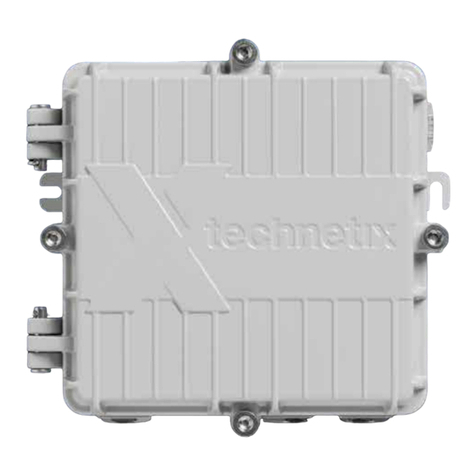
technetix
technetix DBC-1200 User manual
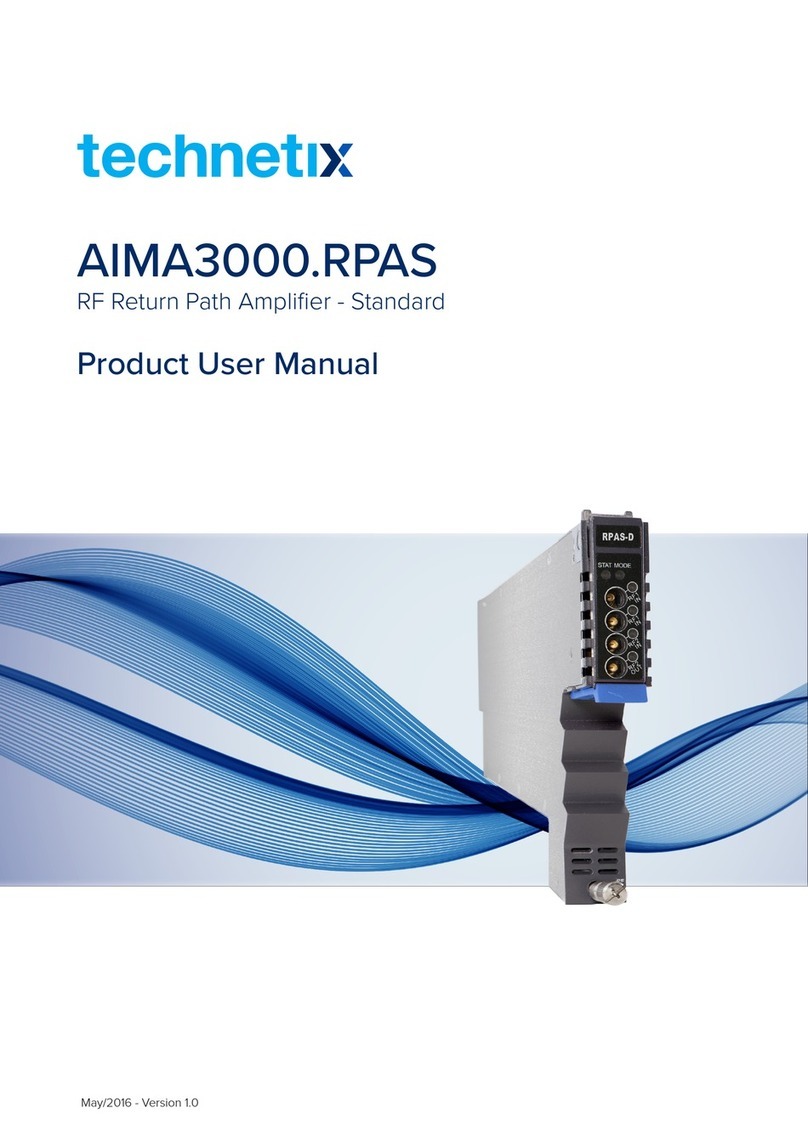
technetix
technetix AIMA3000.RPAS Operational manual
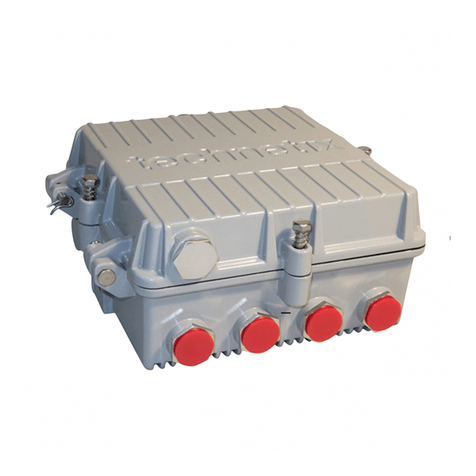
technetix
technetix DBC-1200 User manual
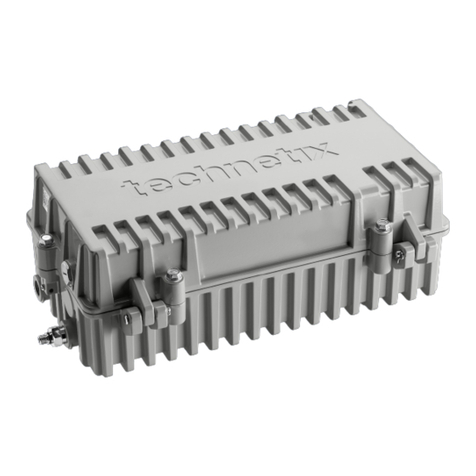
technetix
technetix DBE-1200S User manual
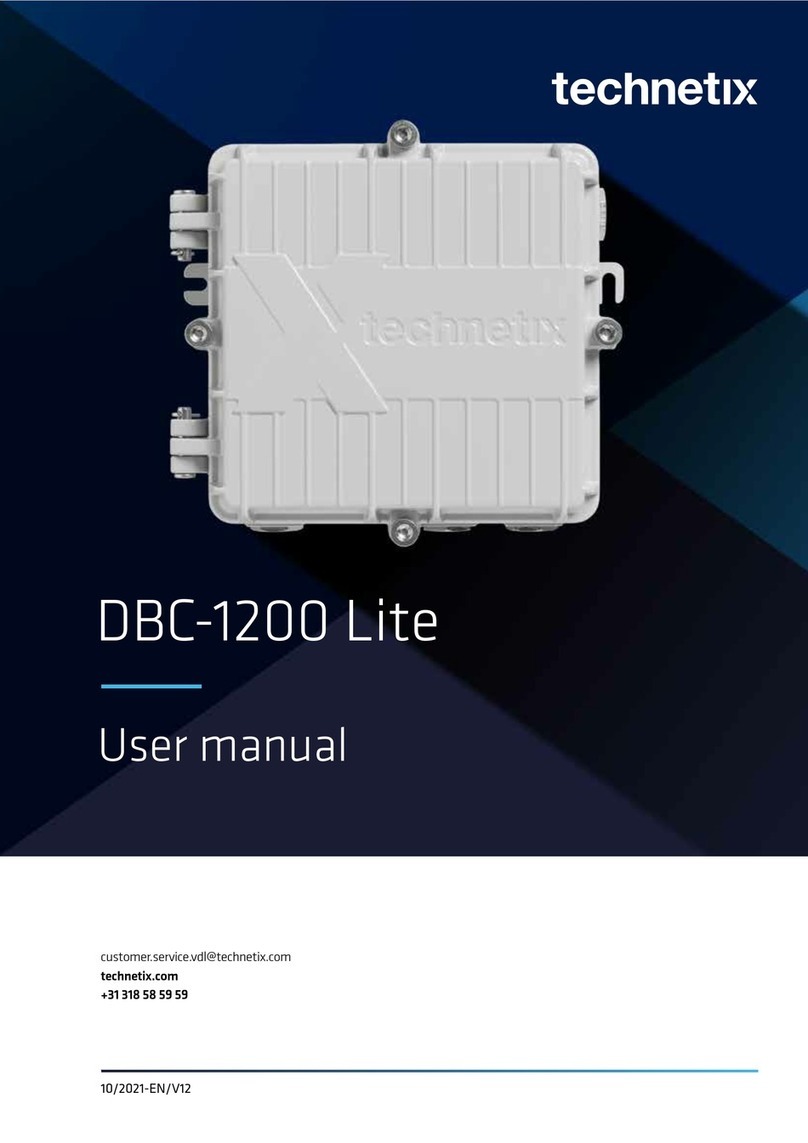
technetix
technetix DBC-1200 User manual
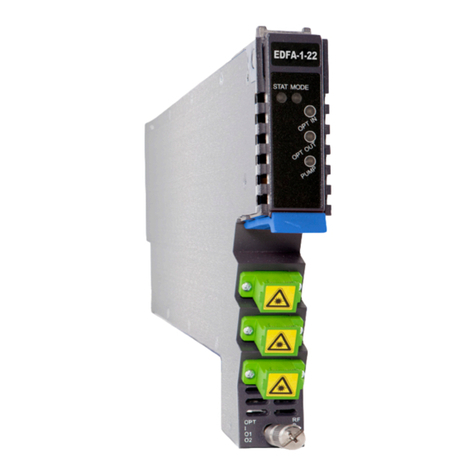
technetix
technetix AIMA3000.EDFA Operational manual
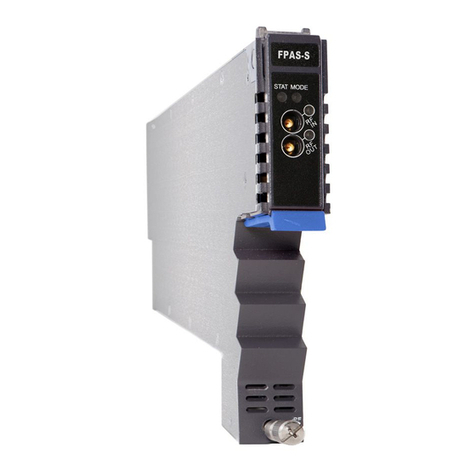
technetix
technetix AIMA-FPAS Operational manual
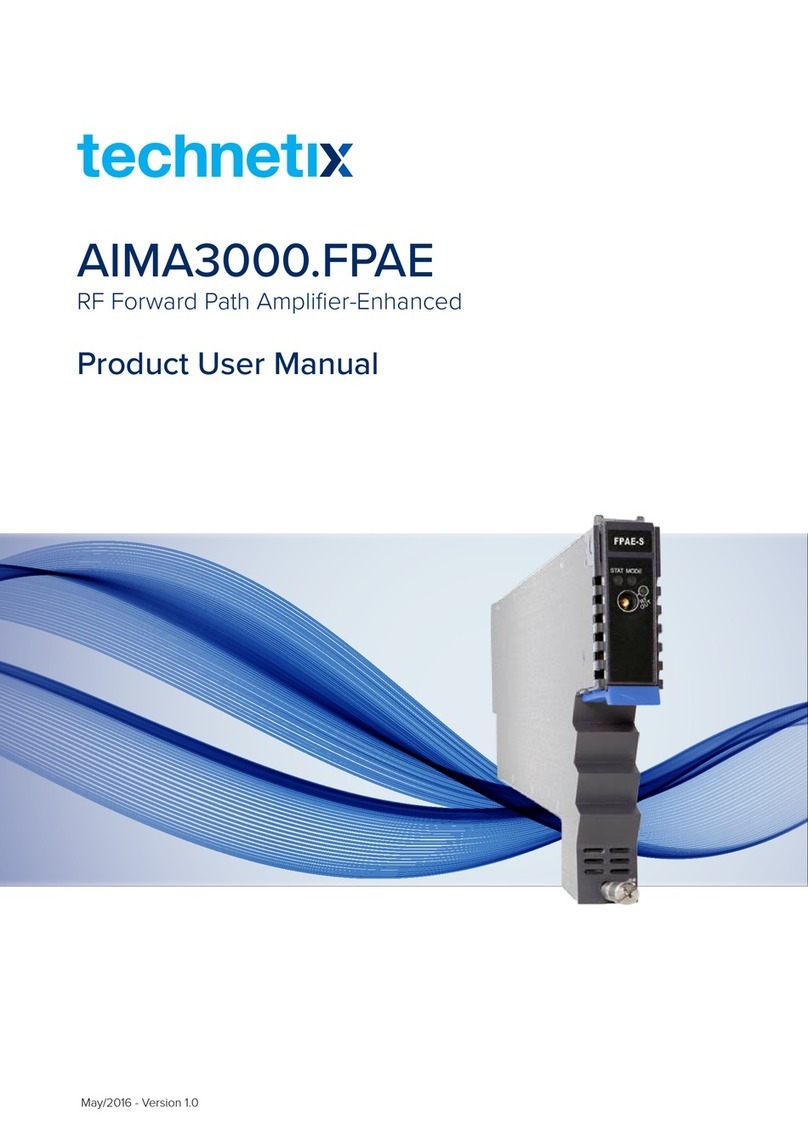
technetix
technetix AIMA3000.FPAE Operational manual
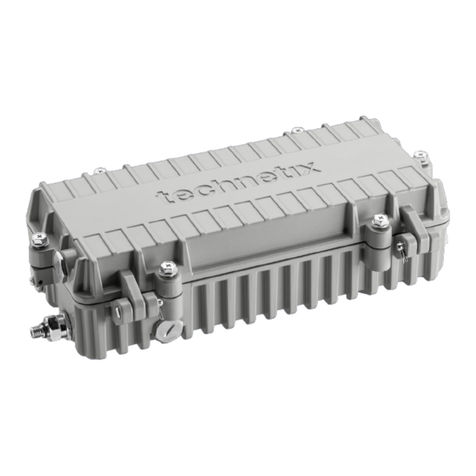
technetix
technetix DBC-1200S User manual
